Wings Gaming built a timeless legacy by mixing fearlessness with flawless fundamentals. Rising from China’s talent-rich scene to win TI6, the Wings Gaming team turned inventive drafts, flexible roles, and calm late-game decisions into a blueprint many still study. This guide traces their rise, the wings gaming ti6 roster, the controversies that followed, and how their approach continues to shape modern Wings Gaming Dota 2 conversations.
Overview of Wings Gaming: From Beginnings to TI6 Victory
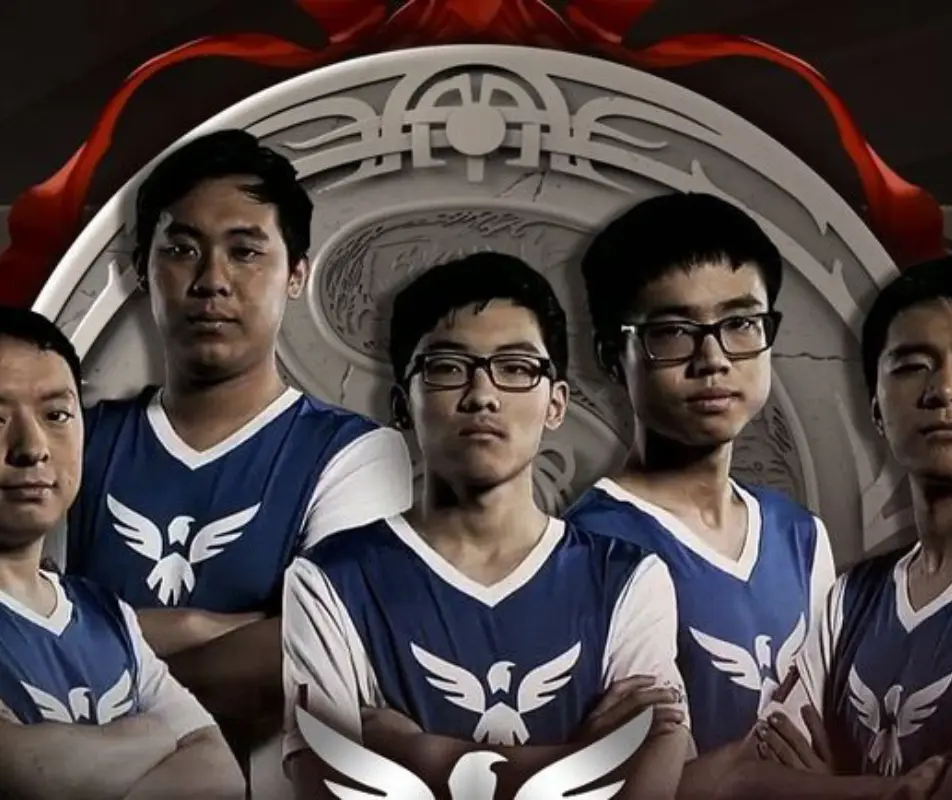
The History of Wings Gaming
Founded with a focus on raw potential, Wings favored adaptable talent over superstar names. Early scrims centered on experimentation: role swaps, unusual lanes, and pocket strats that dared opponents to respond on the fly. As fundamentals matured, Wings learned to toggle between chaos and control—playing fast when windows opened, then slowing the map to protect item timings or defend vision lines.
Key Achievements of the Team
Wings’ résumé centers on The International 2016, but their broader legacy is depth: winning different ways, on different patches, against wildly different styles. Their memorable trophy lifts were byproducts of a larger system—draft prep, cross-role flexibility, and trust. Years later, analysts still reference “the wings gaming dota school” when teams succeed with ideas-first Dota.

| In-game Name | Real Name | Role | Signature Themes at TI6 | Notes on Calling / Impact |
| Shadow | Zhang Yijian | Carry (1) | Hard-carry scaling, fight timing | Trusted to convert map control into win conditions |
| Blink | Zhou Yang | Mid (2) | Lane dominance, skirmish threat | Tempo-setting mid, enabled early objective pressure |
| Faith_bian | Zhang Ruida | Offlane (3) | Creative initiations, aura/utility | Proactive engage angles that opened every fight |
| y` (Innocence) | Zhang Yiping | Support (5) | Vision, saves, fight layering | Primary voice for vision tempo and fight structure |
| iceice | Li Peng | Support (4) | Roams, disruption picks | Unorthodox heroes that warped early-map reads |
Wings Gaming’s TI6 Roster: eSports Stars
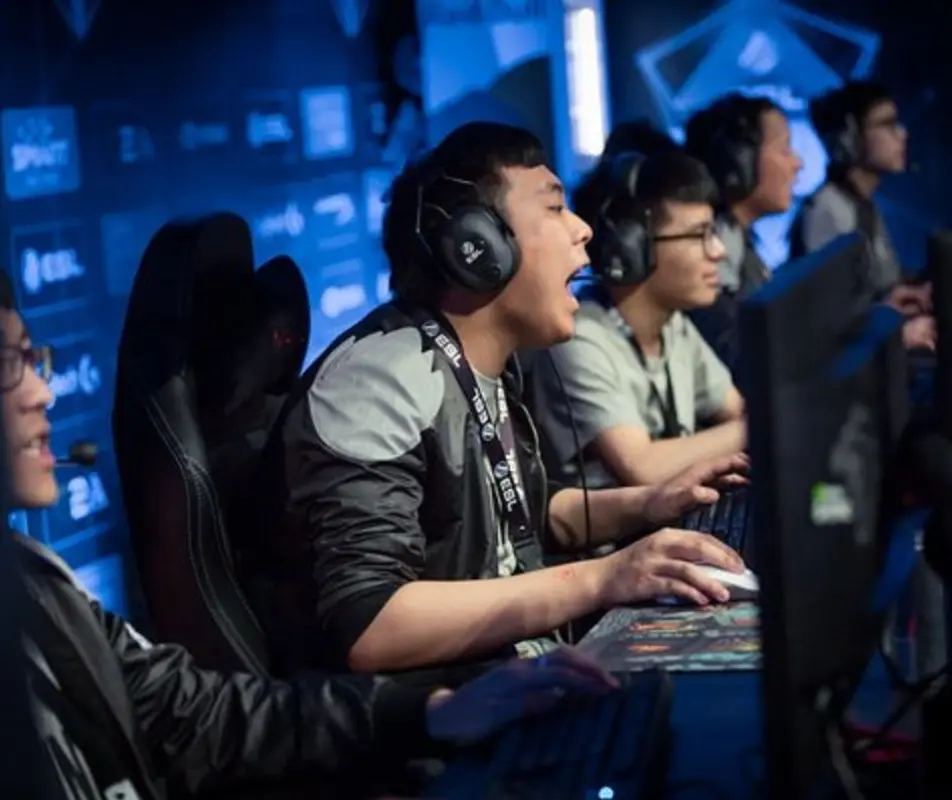
How They Changed the Game at TI6
- Vision control. Supports tied ward timing to power spikes, not just map geography.
- Draft philosophy. The famous wings gaming draft approach prioritized ambiguity: multiple lanes, multiple openers, and last-pick pivots that punished narrow enemy plans.
- Role flexibility. Lane swaps and unusual support pairings pushed opponents off comfort timings.
- Teamfight layering. Saves, stuns, and buyback discipline turned even fights into decisive wins.
Key Players of TI6: Who Played a Vital Role in Their Victory?
Each player had a specialty that bent drafts in useful ways. Shadow could play for hard scaling or early skirmish; Blink switched from lane bully to map-roaming threat; Faith_bian found initiations from unexpected angles; y` solved fights with vision and saves; iceice created chaos that teammates turned into clean kills. Together, they modeled a “five parts, one picture” approach still quoted in the Wings Gaming retrospectives.

The Impact of the Roster on Their Success in the Tournament
Because every lane could win for different reasons, Wings rarely needed perfect starts. Their drafts built insurance into the mid game—tower trades, Roshan setups, or split pressure that forced enemy mistakes. That’s why TI6 VODs remain a clinic for coaches teaching risk management and timing discipline in wings gaming dota2 strategy sessions.
Wings Gaming and Controversies: Collapse and Impact on eSports

The Player Scandal and Its Consequences
- Industry ripple effects. The incident accelerated calls for transparency, player rights, and third-party dispute processes.
- Registration and contracts. Disagreements about representation and terms spilled into the public eye.
- Competitive restrictions. Domestic eligibility became contested terrain, altering where certain lineups could play.
- Narrative whiplash. Headlines drifted toward “wings gaming cheating” language in some corners—even when disputes centered on contracts or governance rather than in-game integrity.
What Happened to Wings Gaming After Their TI6 Glory?
The lineup scattered, reforming under new banners; the Wings Gaming team brand receded from tier-one Dota. Yet their influence persisted. Coaches cite Wings when teaching draft elasticity, and players study how TI6 decision-making stitched risk and safety together. Beyond Dota, references to Wings Up Gaming CSGO sometimes surface—usually as a reminder: different orgs, different histories; don’t conflate a CS:GO lineup named Wings Up with Wings Gaming.

How Wings Gaming Influenced Strategies and Playstyles in Dota 2
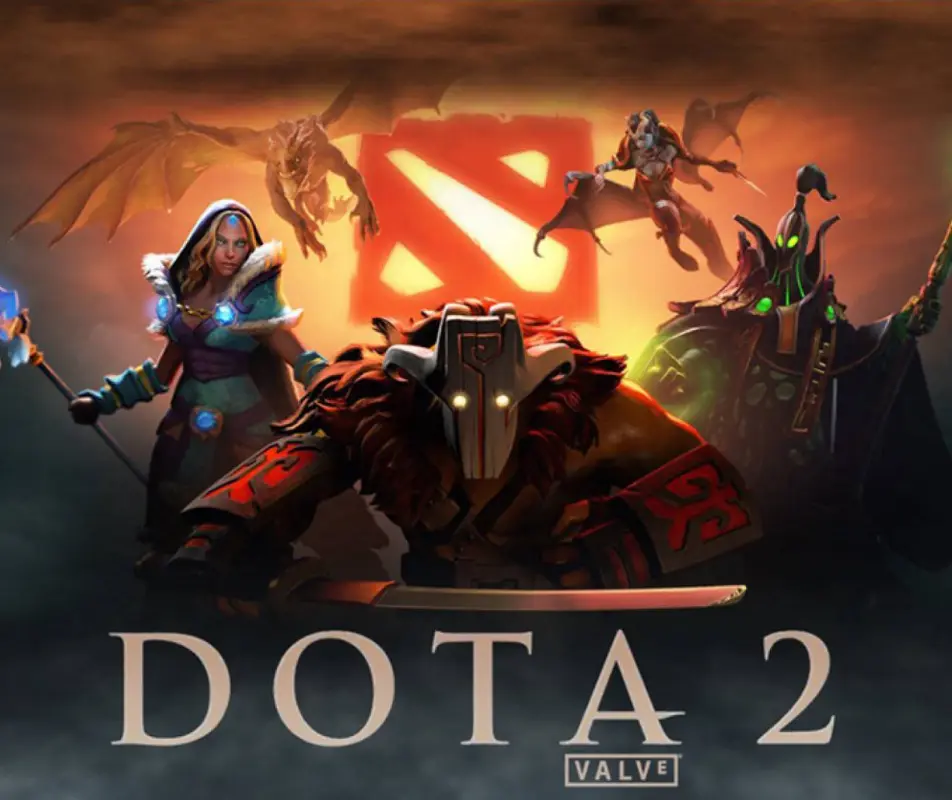
Three principles modern teams borrowed from Wings:
- Buybacks as resources. Spend to preserve map state; win the next fight, not just the current one.
- Ambiguity that resolves late. Keep opponents guessing through picks that fit multiple lanes.
- Objectives before fights. Force enemies to defend on your vision, not theirs.
Betting on Wings Gaming at Mostbet: How to Place Your Bets
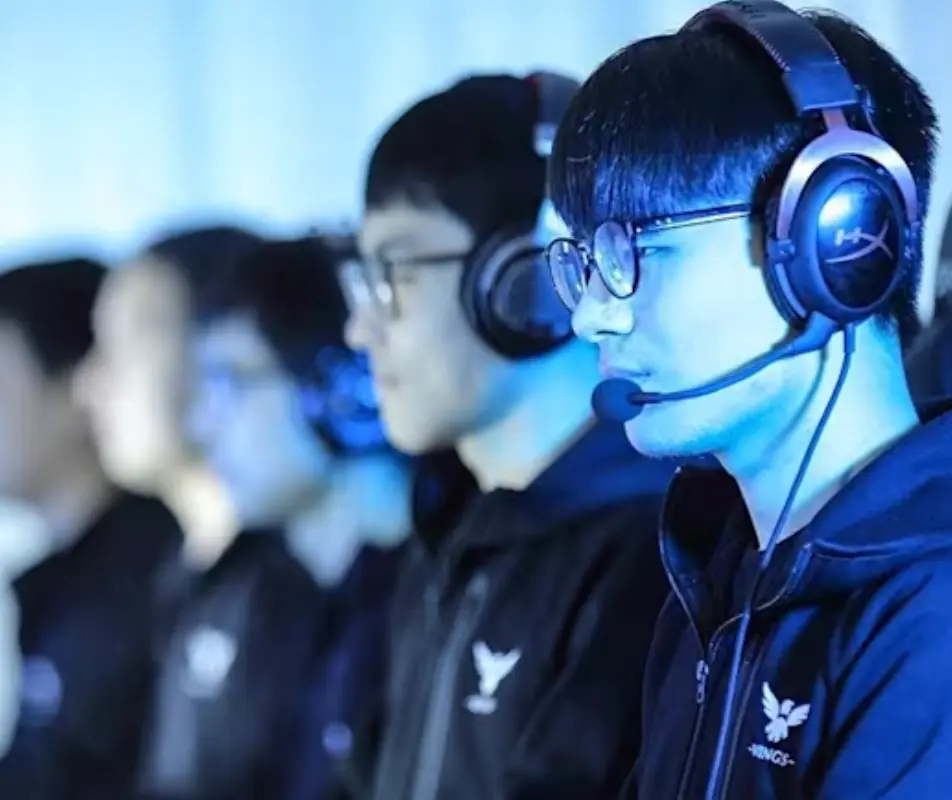
Step-by-step:
- Confirm start time, format (Bo1/Bo3), and patch/version.
- Scan lineups or participants; identify whether a “Wings-style” draft edge is likely.
- Choose markets that fit the read (map-by-map, objectives) instead of broad moneylines.
- Set a small, fixed stake; log odds and reasoning; avoid stacking correlated bets.
| Category | Practical Tell (What to Check) | Market Angle That Fits |
| Draft edge | Ambiguous picks that can flex lanes; last-pick threat | Map-by-map bets; cautious totals |
| Early game | Stable lanes; triangle security; rune timing | First tower; early objective props |
| Mid game | Vision wins, smoke timing before objectives | Roshan windows; time-based props |
| Late game | Buyback discipline; clean high-ground defense | Totals that reward slow, controlled closes |
Wings Gaming: Legacy and Impact on the Future of eSports
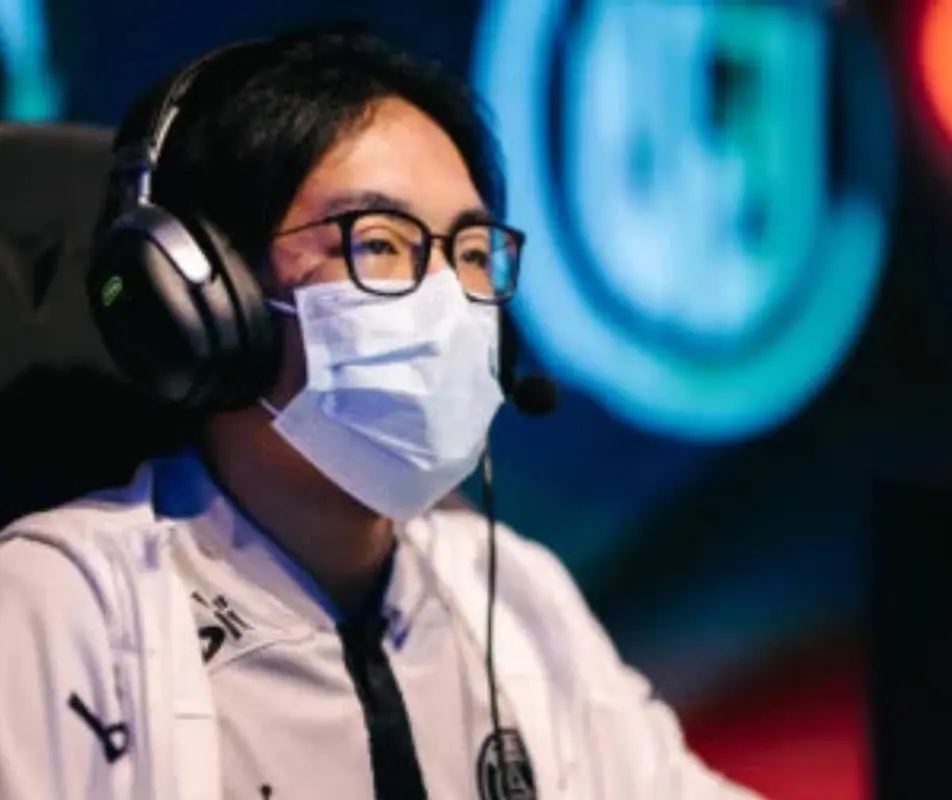
Why Wings Still Matter
- Blueprint for flexibility. The Wings Gaming draft remains a coaching staple.
- Proof that ideas scale. TI6 validated creativity anchored to discipline.
- Industry lessons. Contract clarity and player welfare now sit closer to center stage.
- Cultural memory. When fans talk about “the Wings Gaming Dota moment,” they mean a style that made risk look rational.
By separating myth from mechanics—and recognizing that headlines about bans or “cheating” often mask governance disputes—we keep the essence of Wings intact. For strategists, the TI6 VODs are forever homework. For fans, they’re a reminder that five players, a daring plan, and perfect execution can still change the shape of a season.















